Exploring Forest Soils: Their Role in Ecosystems and Conservation
- August 23, 2024
- 0 comment
Forest soils are more than just dirt under our feet they are the foundation of life in forest ecosystems. These soils support plants, regulate water, and play a key role in the nutrient cycles that sustain countless organisms. Their rich biodiversity makes them essential for maintaining a healthy environment.

Understanding forest soils matters not just to scientists and conservationists but to anyone who cares about our planet’s health. By learning about forest soil properties, nutrient dynamics in forest soils, and the soil carbon cycle, we can appreciate their importance and support conservation efforts. This article dives into why forest soils are vital, how we study them, and what we can do to protect these irreplaceable resources.
What Are Forest Soils?
Forest soils are living ecosystems, blending organic and inorganic materials to support life. Over time, they form through the weathering of rocks and the decomposition of organic matter in forest soils, such as fallen leaves and dead plants. These soils differ widely based on the forest type, climate impact on forest soils, and geographical location, showcasing their diversity and importance.
Definition and Composition
Forest soils are structured in layers, each playing a unique role in the ecosystem. The forest soil layers include:
- O Horizon: The surface layer, rich in decomposing plant material like leaves and twigs.
- A Horizon (Topsoil): A nutrient-rich blend of organic matter and minerals, crucial for plant growth.
- B Horizon (Subsoil): A dense layer containing minerals leached from the topsoil.
- C Horizon: Composed of weathered parent material, resting above bedrock.
These layers create a system that sustains plants, animals, and the forest soil microbiome, highlighting the importance of proper forest soil management.
Types of Forest Soils
The type of soil varies by forest ecosystem:
- Podzols: Found in coniferous forests, these acidic soils have a leached horizon and are common in northern climates.
- Laterite Soils: Present in tropical rainforests, these soils are weathered, rich in iron and aluminum oxides, and have a reddish hue.
Each soil type shapes the environment, influencing which plants and animals can thrive. Exploring these differences helps us understand the nutrient dynamics in forest soils and their role in supporting biodiversity.
Podzols
Podzols, common in coniferous forests of cool, humid regions, are acidic soils with heavily leached layers. A pale, sandy upper layer lies over a darker, organic-rich horizon from decomposed plants. Nutrient-poor, they support only specialized vegetation and reveal the nutrient dynamics in forest soils and the impact of climate on forest soils.
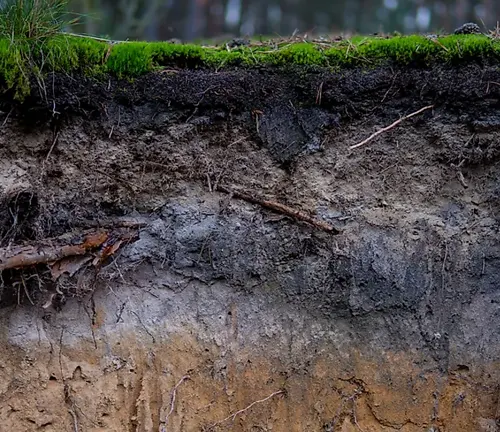
Laterite Soils
Laterite soils, found in tropical rainforests, are deeply weathered and rich in iron and aluminum oxides, giving them a reddish hue. Formed under intense heat and rainfall, they are nutrient-poor due to leaching but compact and durable, often used as building materials. Their properties reflect the impact of climate on forest soils and the forest floor characteristics of tropical regions.

Brown Earths
Brown Earths, common in temperate forests, feature well-developed forest soil layers and balanced fertility. Their rich, dark topsoil is full of organic matter in forest soils, supporting diverse plant life. The mineral-rich subsoil promotes strong root growth, while moderate acidity and good drainage make these soils productive for agriculture and forestry.

Andisols
Andisols, formed from volcanic ash, are rich in organic matter in forest soils and found in forested volcanic regions. Known for excellent water and nutrient retention, they support lush vegetation and diverse ecosystems. Regional variations in mineral content and pH shape the unique plants and animals that thrive in these fertile soils.
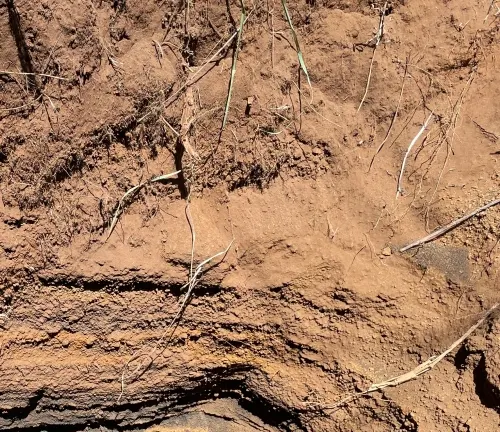
The Role of Forest Soils in Ecosystems
Forest soils are vital to ecosystem health, providing essential nutrients, anchoring roots, and supporting forest soil microbiomes. They regulate water, cycle nutrients, and foster biodiversity through interactions among soil organisms, plants, and the environment.
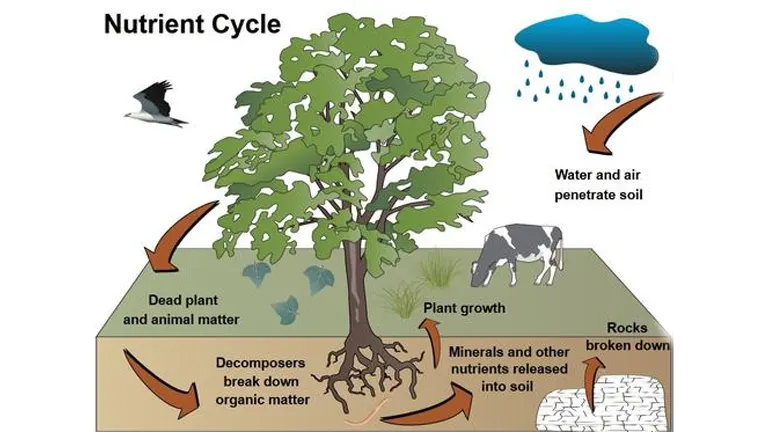
Nutrient Cycling
Forest soils play a vital role in nutrient dynamics, recycling nutrients as plants absorb them and return them through decomposition. This process maintains soil fertility and supports plant life.
Water Retention and Regulation
With good structure and organic matter in forest soils, forest soils retain water, sustaining plants during dry spells. They also act as natural filters, purifying water and recharging groundwater supplies.
Habitat for Soil Organisms
Beneath the surface, forest soils harbor a thriving forest soil microbiome of microorganisms, fungi, and insects. These organisms enhance soil health by breaking down organic material, aerating the soil, and facilitating nutrient exchange, ensuring the ecosystem’s resilience and productivity.
Educational Approaches to Forest Soils
Educating people about forest soils fosters understanding of forest ecosystems and the need for conservation. Both formal and informal methods play vital roles.

Formal Education
Forest soils are a key part of environmental science curricula, from basic lessons on forest soil properties in schools to advanced soil science courses at universities. These programs often include hands-on labs, fieldwork, and research, offering direct insights into forest soil layers and their ecological significance.
Informal Education
Nature centers, botanical gardens, and environmental organizations provide workshops and guided tours on topics like forest soil management and conservation. These programs engage the public, building awareness and inspiring stewardship.
Community Involvement
Community programs, such as tree planting and soil conservation workshops, offer hands-on ways to learn about the impact of climate on forest soils and their importance. These initiatives connect people to nature, fostering responsibility for environmental health.
Conservation Efforts and Challenges
Conserving forest soils is vital for preserving biodiversity and the health of forest ecosystems. However, challenges such as deforestation, climate change, and unsustainable practices threaten these essential resources.

Importance of Forest Soil Conservation
Forest soils are a finite resource, taking centuries to form but easily degraded. They provide critical services like nutrient dynamics in forest soils, water regulation, and carbon storage, acting as significant carbon sinks to mitigate climate change. Protecting these soils ensures the resilience of ecosystems and their ability to sustain life.
Current Conservation Strategies
Efforts to conserve forest soil properties include sustainable forestry practices like selective logging and erosion prevention. Reforestation and afforestation improve forest soil management, enhancing soil fertility and structure. Protected areas and reserves also safeguard soils from degradation.
Challenges in Forest Soil Conservation
Despite conservation efforts, deforestation for agriculture and urbanization depletes forest soils. Climate impact on forest soils, such as erosion and fertility loss due to changing weather patterns, adds to the challenges. Tackling these issues requires coordinated global action and community engagement.
Practical Tips for Forest Soil Education
Teaching about forest soils requires engaging methods, technology integration, and hands-on learning to inspire a deeper understanding of their importance.
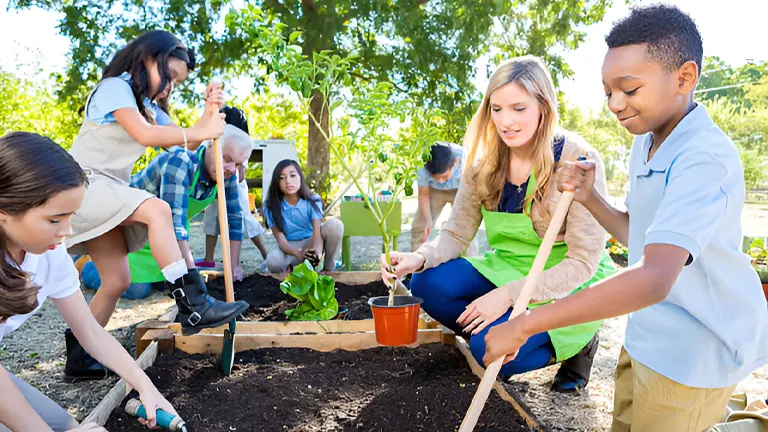
Engaging Students and the Public
Interactive activities like soil sampling, composting, and plant growth experiments make learning about forest soil properties engaging and relatable. Field trips to forests and nature reserves allow participants to observe forest soil layers and ecosystem interactions directly.
Using Technology in Soil Education
Digital tools such as online courses, educational apps, and virtual soil labs enhance accessibility. Tools like GIS enable mapping and analysis of forest floor characteristics, offering insights into soil health and distribution.
Fieldwork and Hands-On Learning
Fieldwork provides essential hands-on experience. Activities like soil sampling, analysis, and classification connect theory to practice, deepening understanding of forest soil management and its role in ecosystems.
Case Studies in Forest Soil Conservation
Examining successful conservation projects offers valuable lessons for protecting forest soil properties and improving ecosystem health.
Successful Projects Worldwide
- Costa Rica: Reforestation efforts combining government policies, community involvement, and international support have restored degraded lands, enhancing organic matter in forest soils, biodiversity, and carbon sequestration.
- Loess Plateau, China: Large-scale conservation transformed barren land into fertile farmland using terraces, vegetation planting, and sustainable practices. This improved nutrient dynamics in forest soils and boosted productivity.
Lessons Learned
These projects emphasize the need for holistic strategies involving policies, community participation, and sustainable practices. They show how large-scale efforts can restore forest soil layers, reverse degradation, and support long-term soil health.
The Future of Forest Soils and Conservation
Protecting forest soils requires continued efforts in education, research, and policy to ensure their health and sustainability.
Emerging Trends in Soil Science
Advancements like biochar and soil amendments show promise for improving forest soil properties and fertility. Research into the forest soil microbiome reveals complex interactions between soil organisms and ecosystems, offering new solutions for soil restoration.
The Role of Policy and Legislation
Strong policies are key to preventing soil degradation. Sustainable land use laws, forest protection, and conservation incentives safeguard forest soil layers. International agreements like the UN Sustainable Development Goals also promote global efforts to combat desertification.
Opportunities for Further Education and Research
Education and research in soil science are critical for advancing forest soil management and conservation strategies. Universities, public campaigns, and community programs can raise awareness and inspire collective action to protect these vital resources.
Conclusion
Forest soils are essential to our planet, supporting plant growth, water regulation, and nutrient dynamics in forest soils. Education and awareness about forest soil properties are key to inspiring future environmental stewards. Through engaging learning methods and conservation efforts, we can address challenges like deforestation and the impact of climate on forest soils. Protecting forest soils is critical for ensuring the health and sustainability of our ecosystems and planet.
Frequently Asked Questions (FAQs)
- What are forest soils, and why are they important?
Forest soils are complex ecosystems composed of organic and inorganic materials, essential for supporting plant life, regulating water, and cycling nutrients in forest ecosystems. They are vital for the health and sustainability of forests and play a key role in global environmental balance. - How do forest soils differ from other types of soil?
Forest soils are often richer in organic material and support a diverse range of plant and animal life compared to agricultural or urban soils. They are typically more acidic and have distinct layers formed by the decomposition of forest litter. - What is the role of forest soils in water retention?
Forest soils have a high capacity for water retention, which helps maintain water balance in forest ecosystems. This water is slowly released to plants and groundwater, preventing erosion and maintaining ecosystem stability. - How can forest soils be conserved?
Conservation of forest soils involves sustainable land management practices, such as avoiding deforestation, promoting reforestation, and protecting soil from erosion. Sustainable agriculture and forestry practices are also crucial. - What are the major threats to forest soils?
Major threats to forest soils include deforestation, unsustainable land use practices, climate change, and soil erosion. These factors can lead to loss of soil fertility, biodiversity, and the overall health of forest ecosystems. - How is forest soil health monitored?
Forest soil health is monitored through various methods, including soil sampling, analysis of soil composition and structure, and the use of technologies like Geographic Information Systems (GIS) to track changes over time. - What educational resources are available for learning about forest soils?
Educational resources include school and university courses in soil science, online courses, workshops, field trips, and community programs offered by environmental organizations and nature centers. - How do soil organisms contribute to forest soil health?
Soil organisms, such as bacteria, fungi, and insects, play a crucial role in breaking down organic matter, enhancing nutrient cycling, and improving soil structure, which collectively supports the health and fertility of forest soils. - Can technology aid in forest soil conservation?
Yes, technology such as GIS, remote sensing, and digital soil maps can significantly aid in monitoring, managing, and conserving forest soils by providing detailed data on soil health and enabling more effective conservation strategies. - Why is public involvement important in forest soil conservation?
Public involvement is crucial because local communities can help implement conservation practices, raise awareness, and ensure that efforts to protect forest soils are sustained over the long term. Engaging the public also fosters a sense of stewardship for the environment.

Jordan Blake
Forestry AuthorJordan Blake is a forestry expert with over 15 years of experience in arboriculture and community education. Passionate about sustainable forest management, Jordan regularly writes for Forestry.com and Tree Care Magazine. Holding certifications in tree health assessments and urban forestry management, Jordan conducts workshops to educate the public on sustainable practices. Jordan has a degree in Environmental Science and enjoys hiking and photography in their free time.



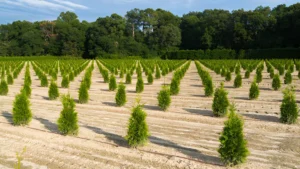
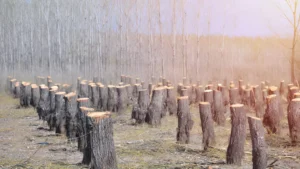
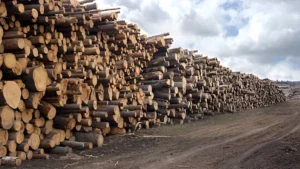




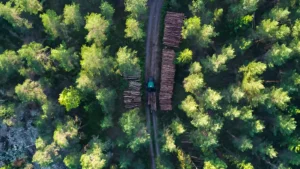


Leave your comment